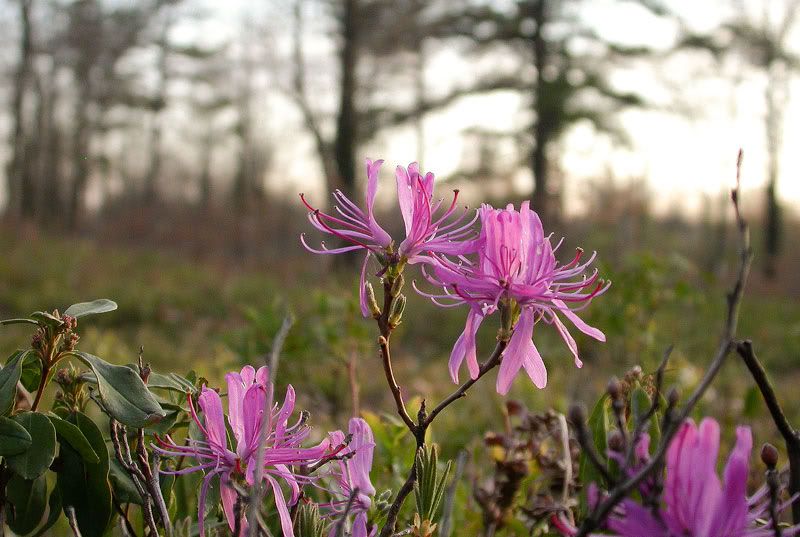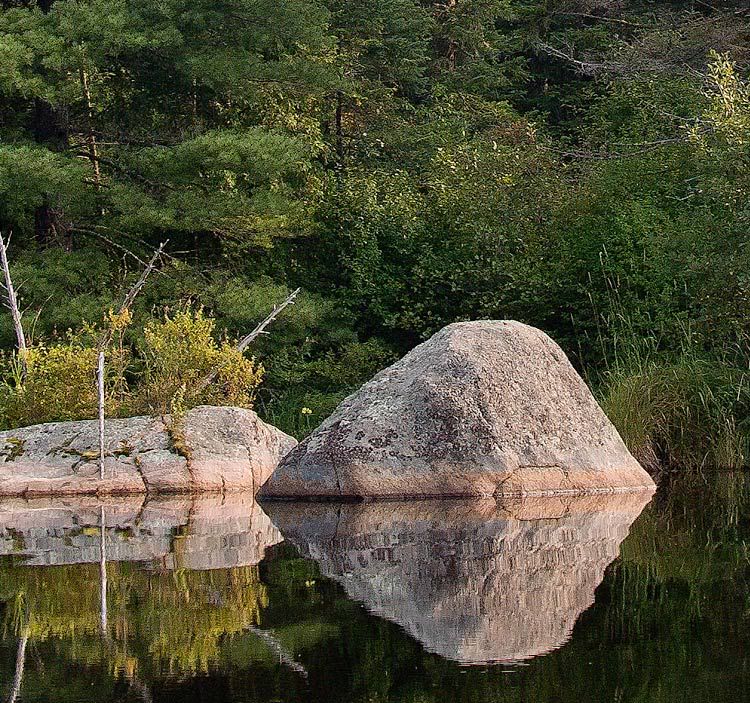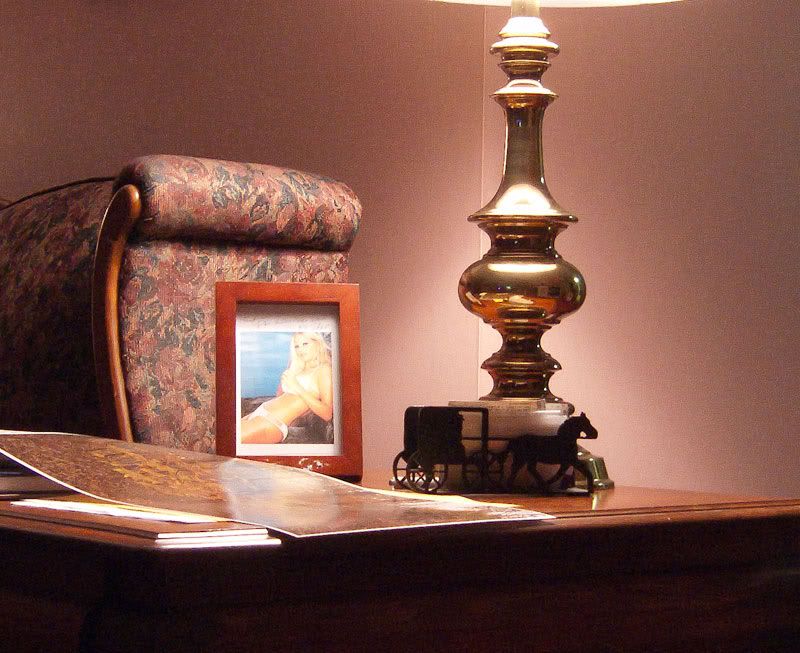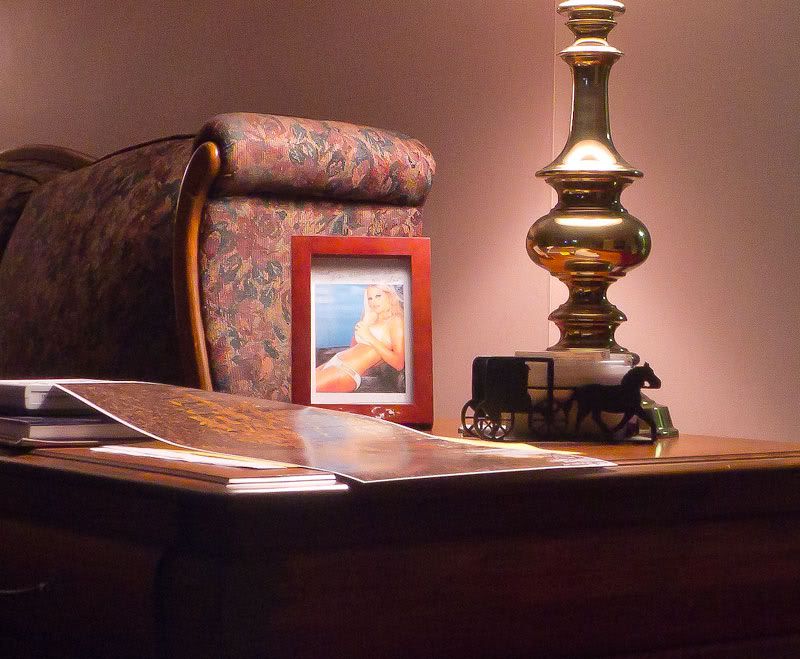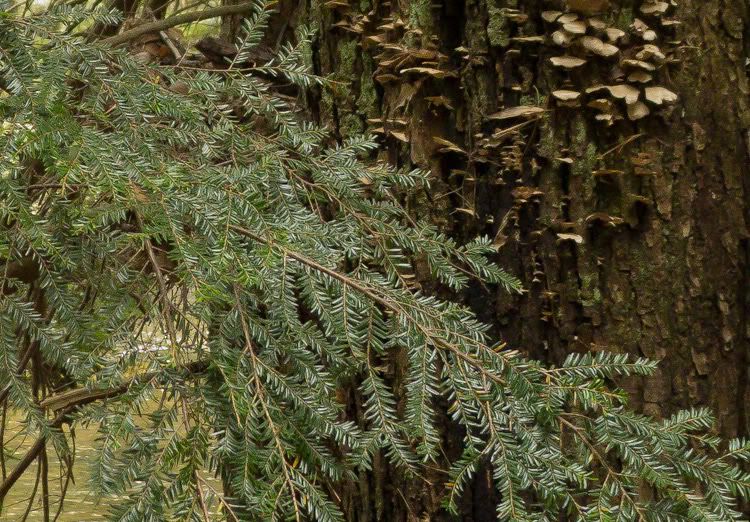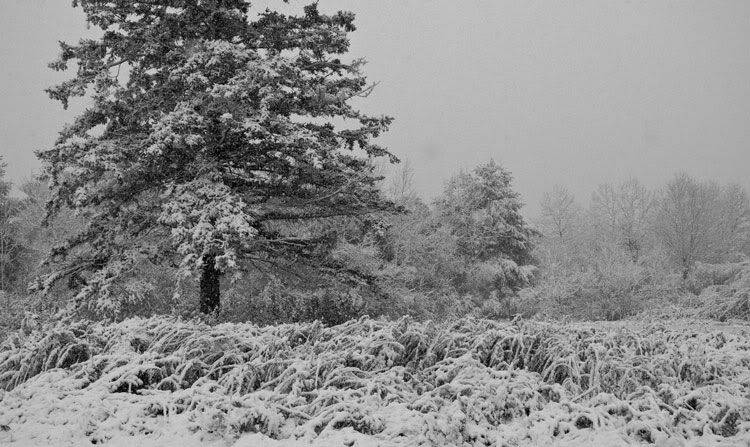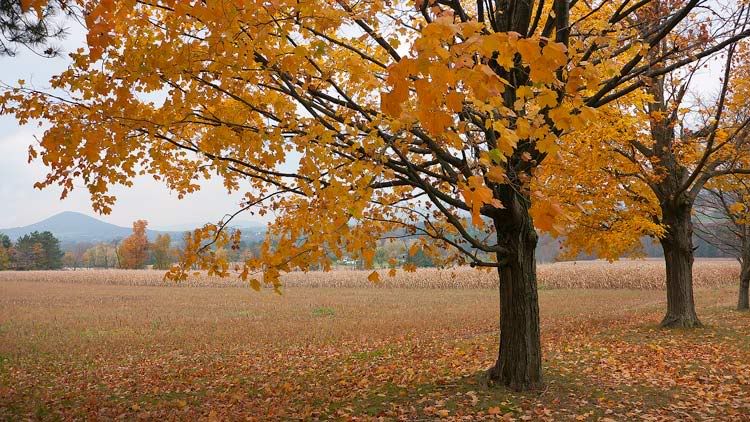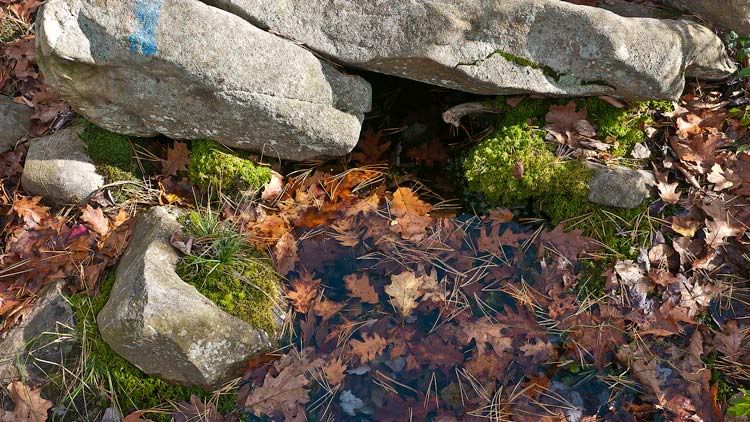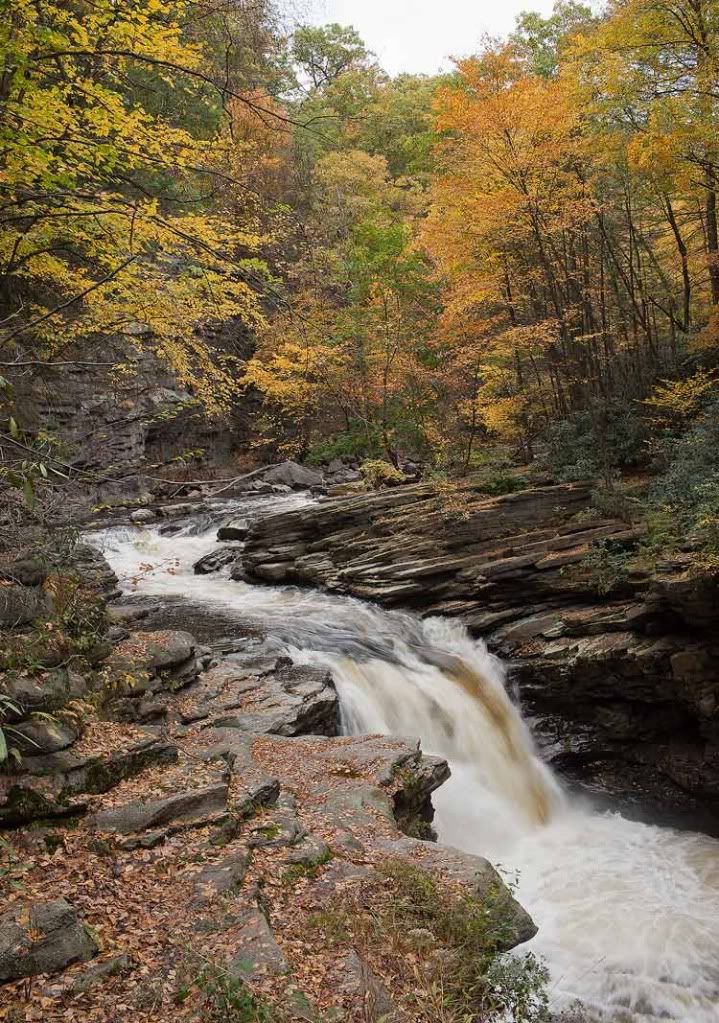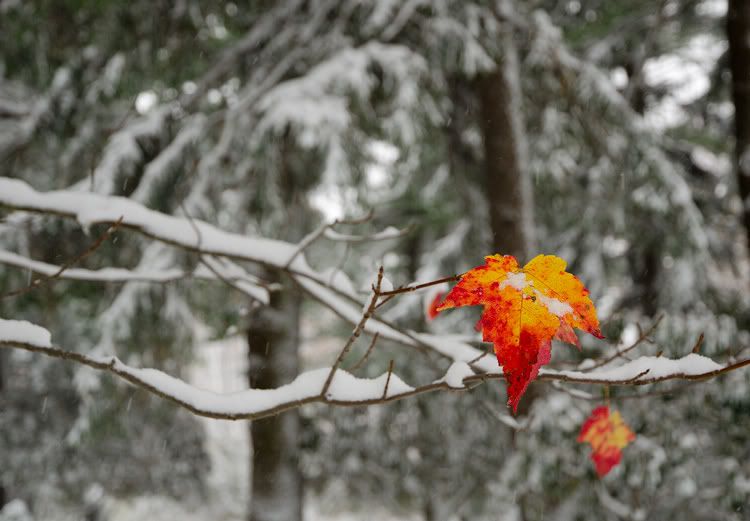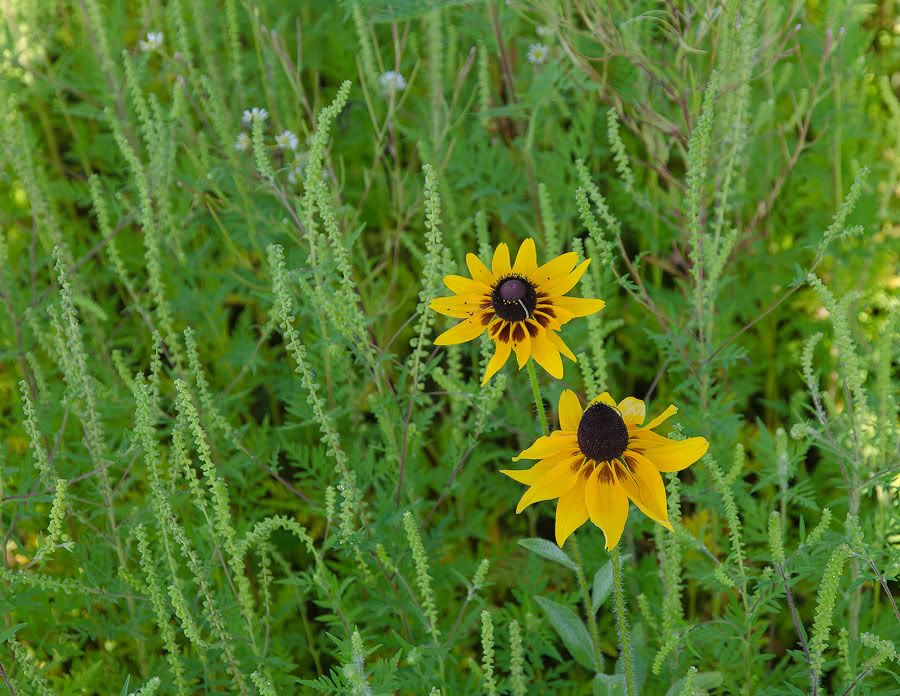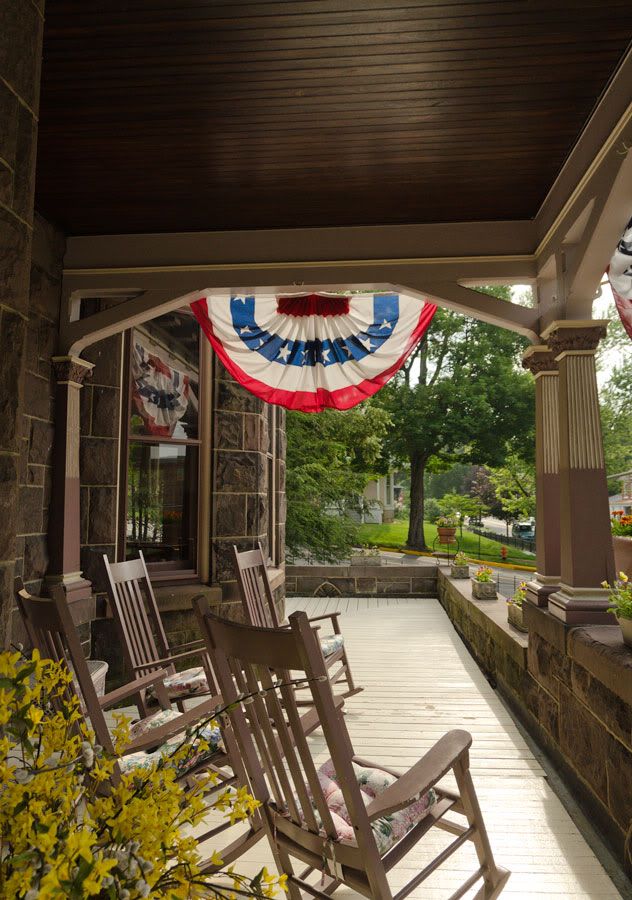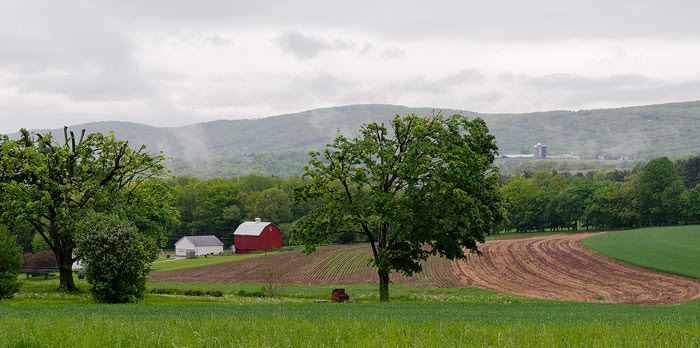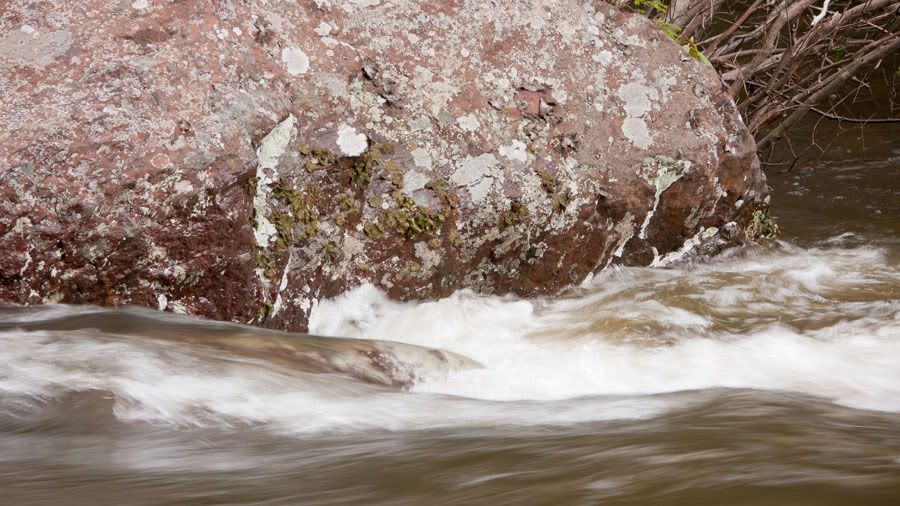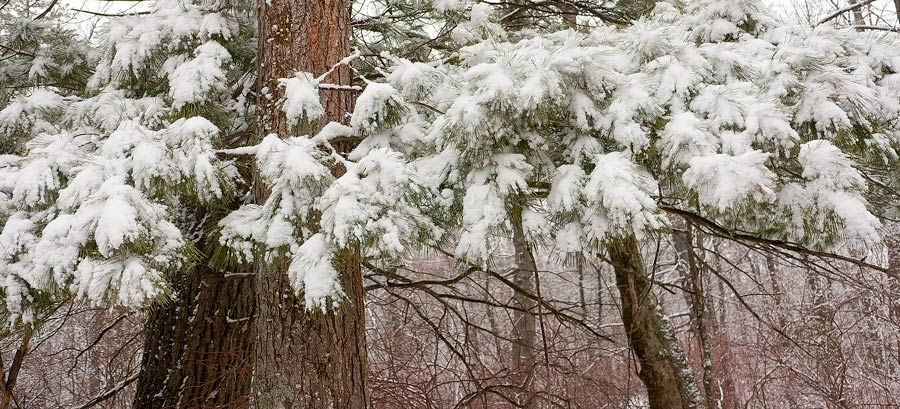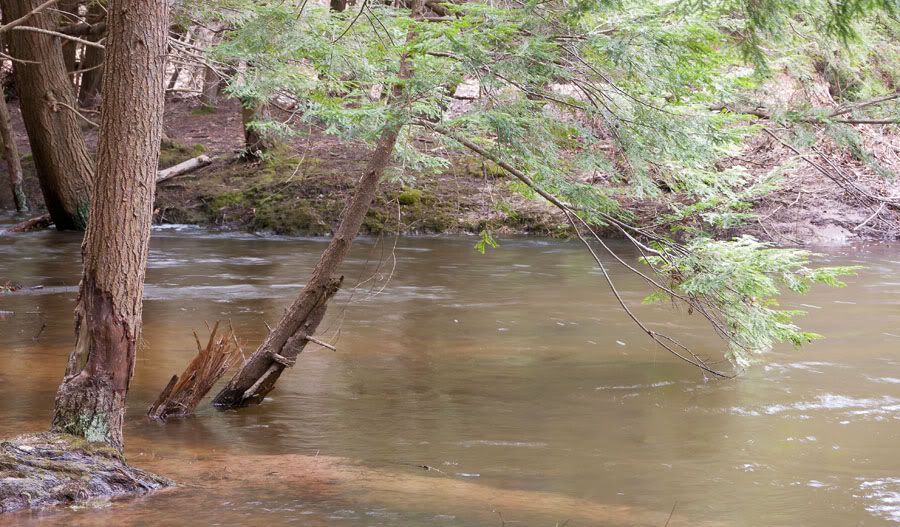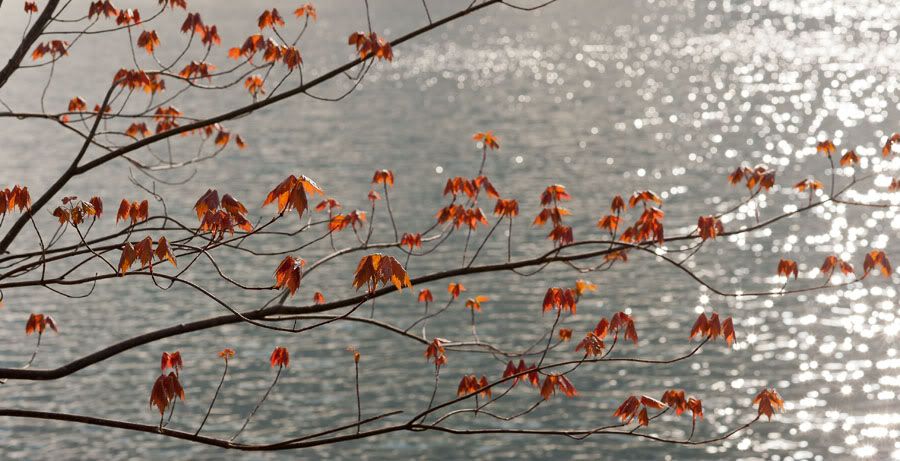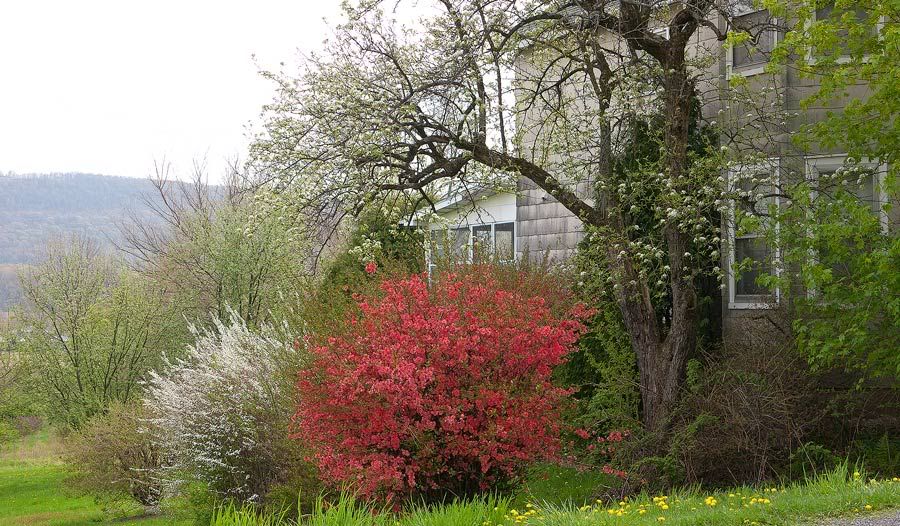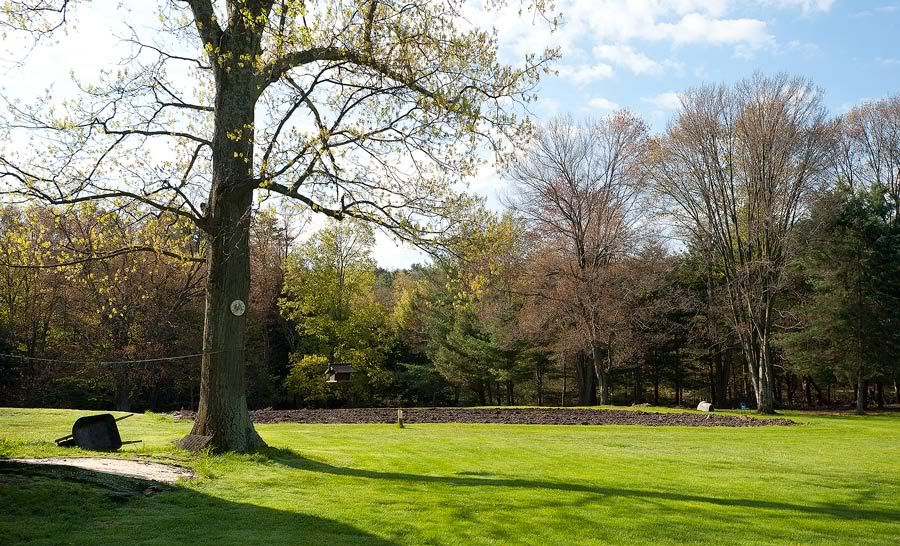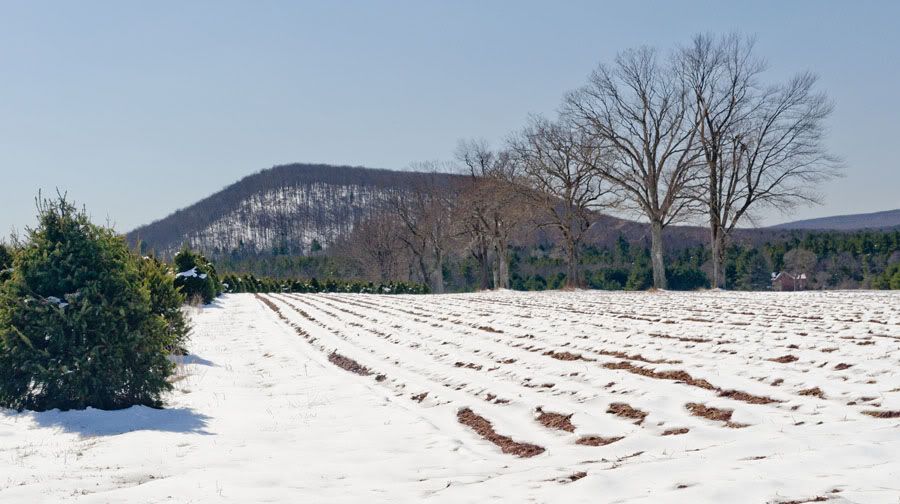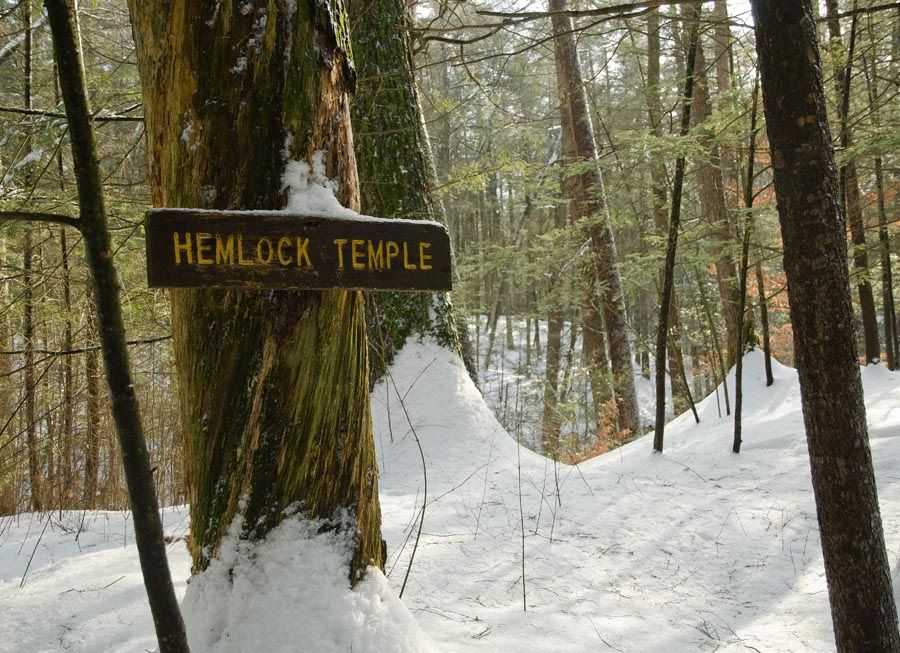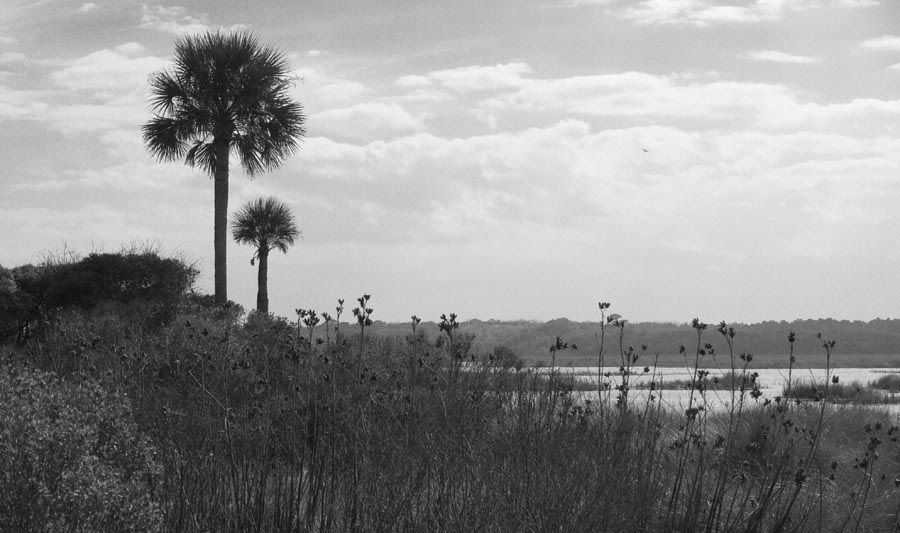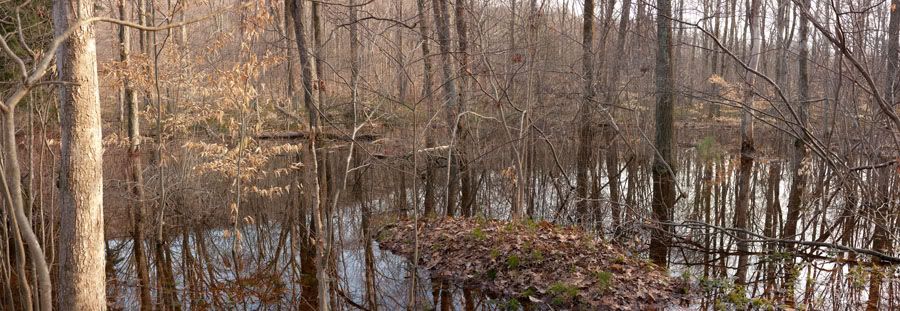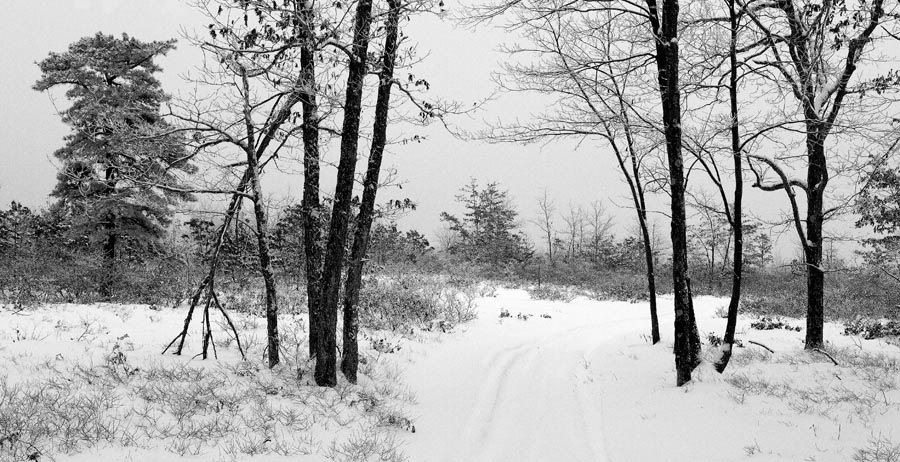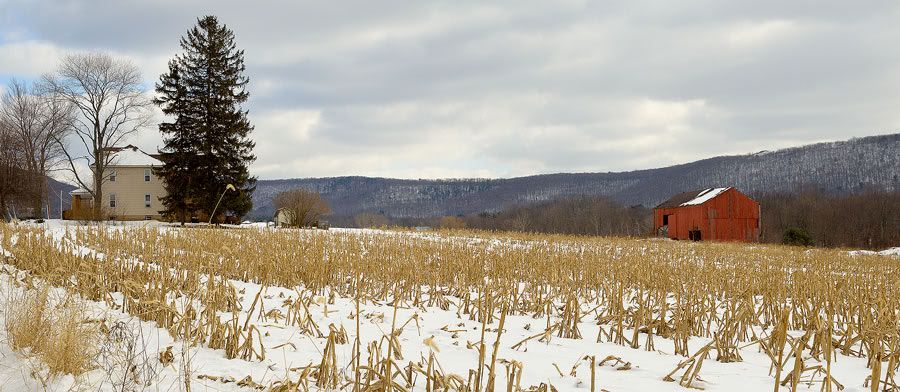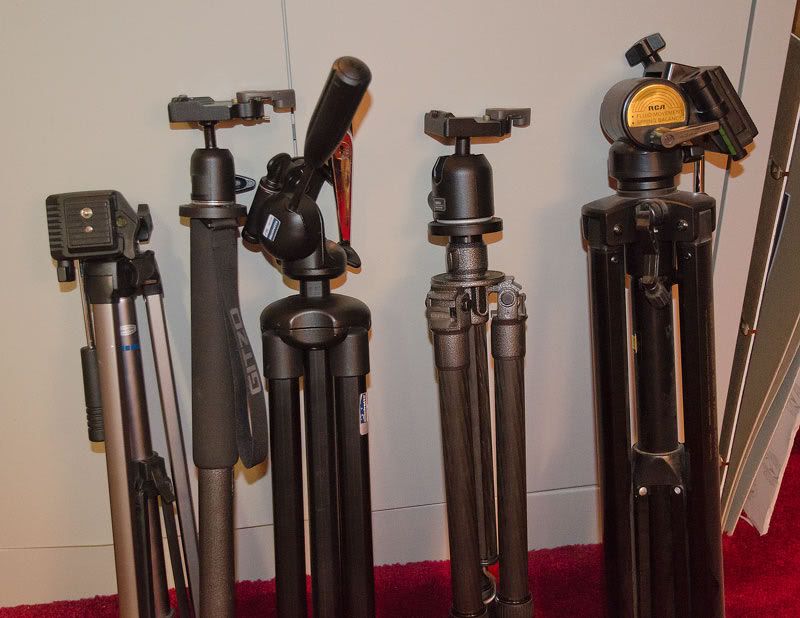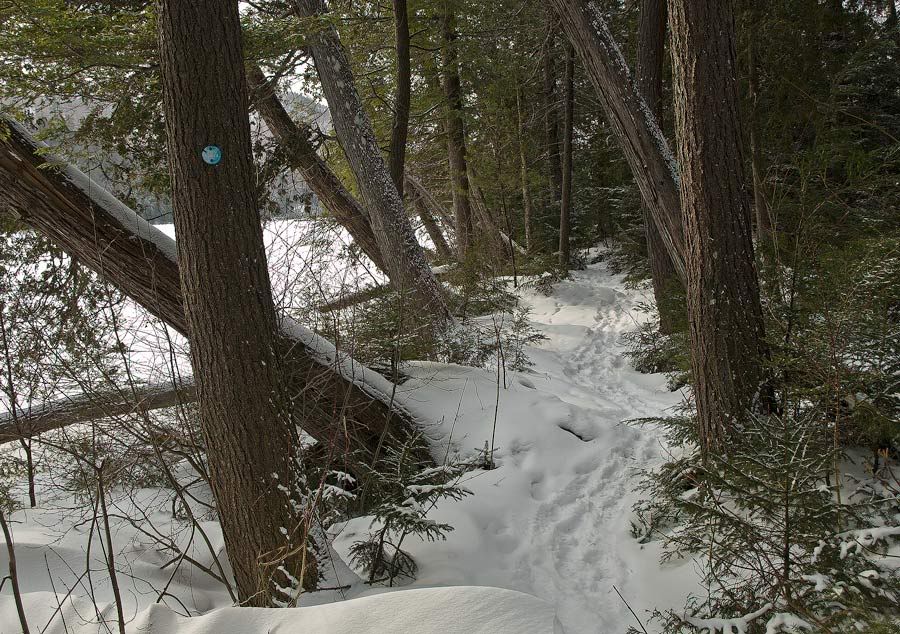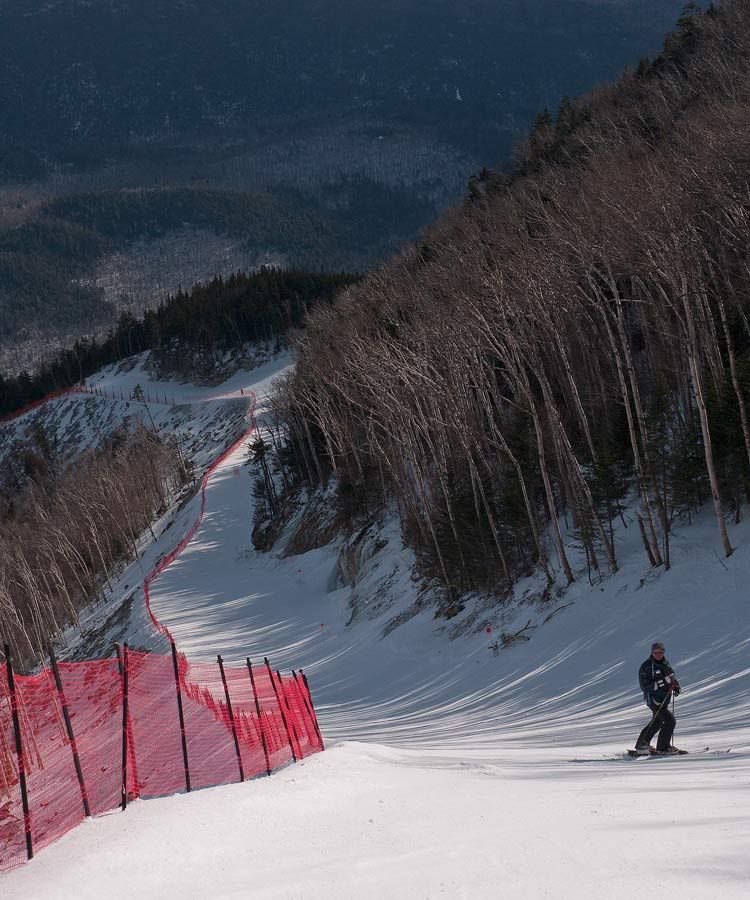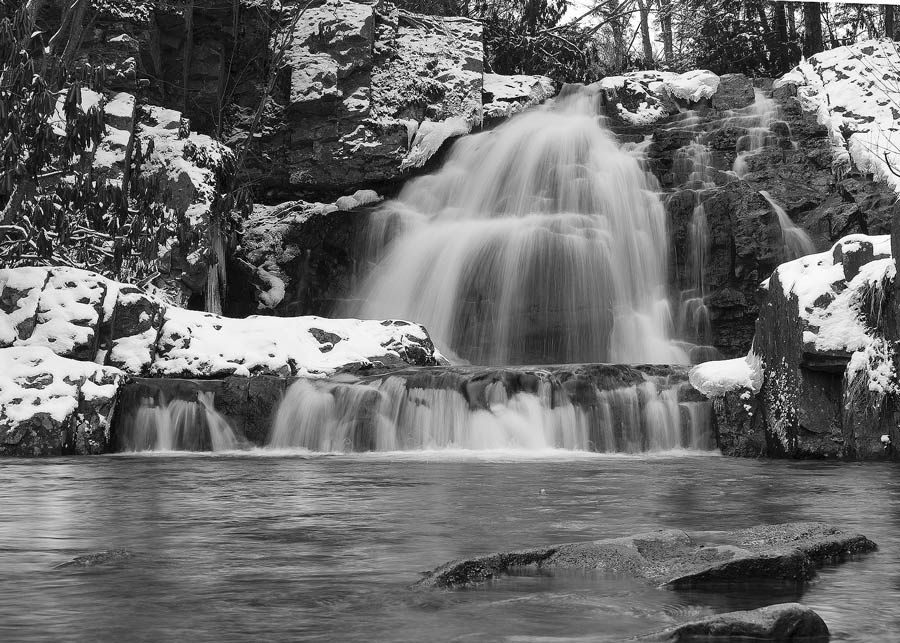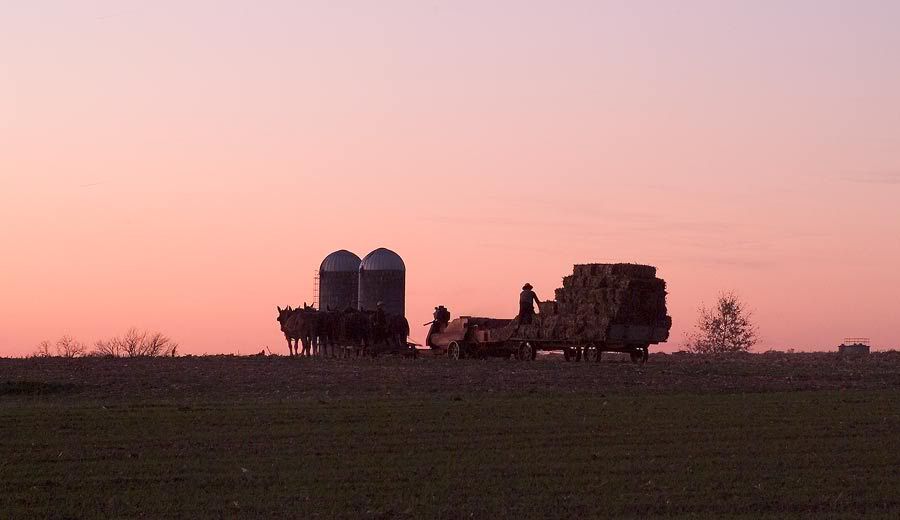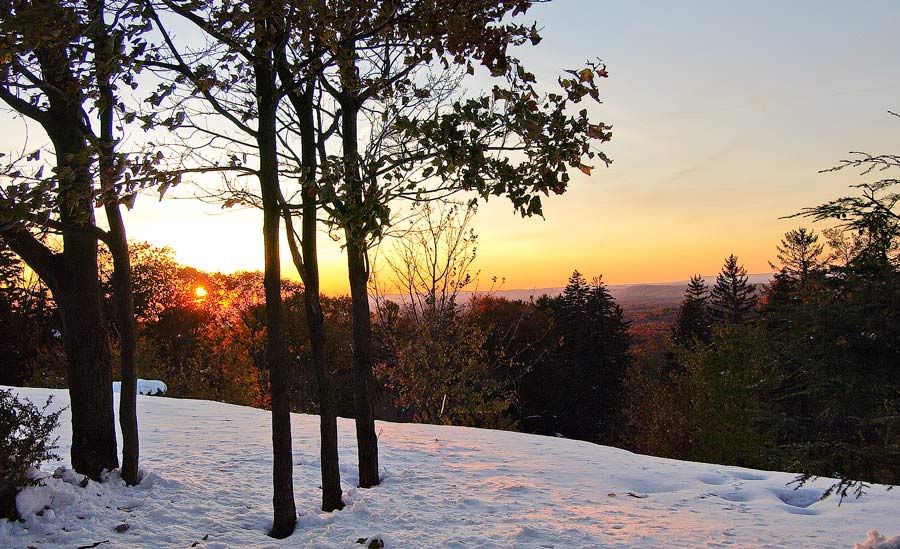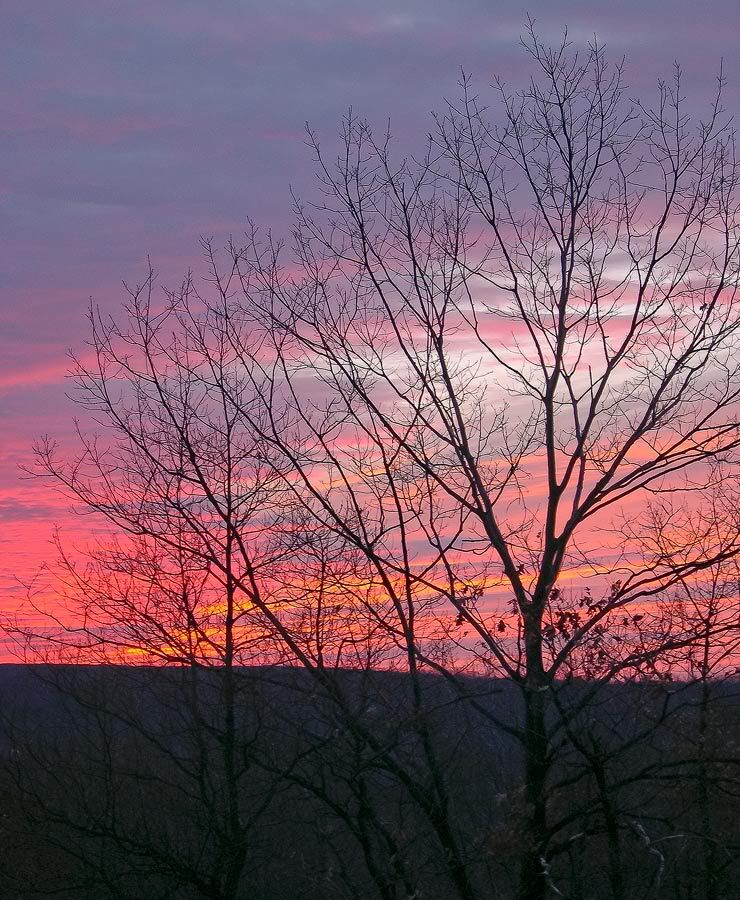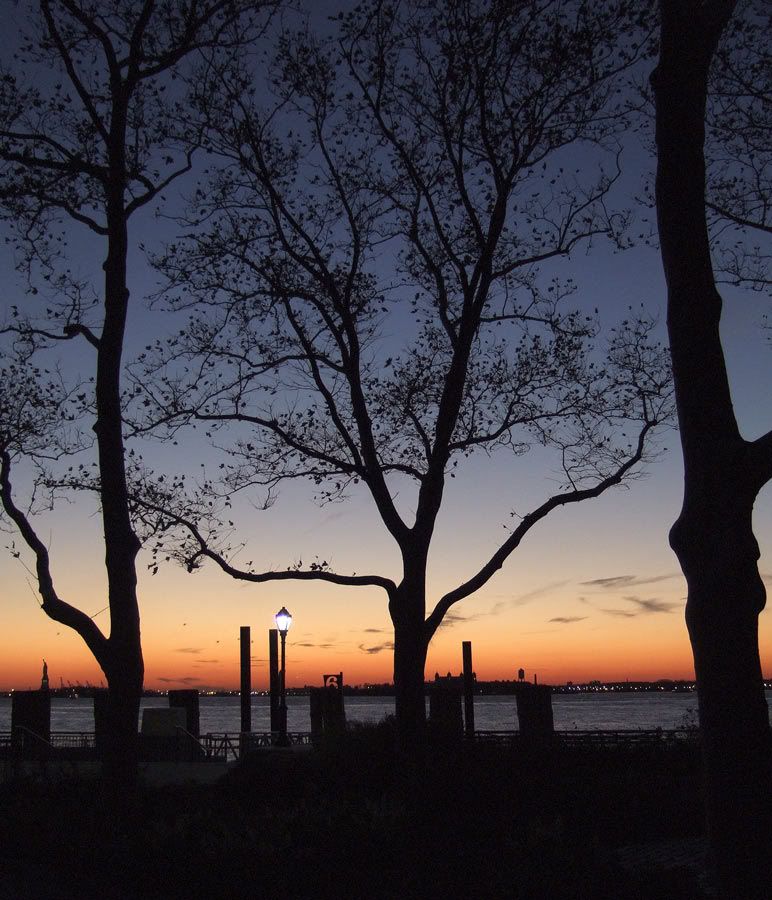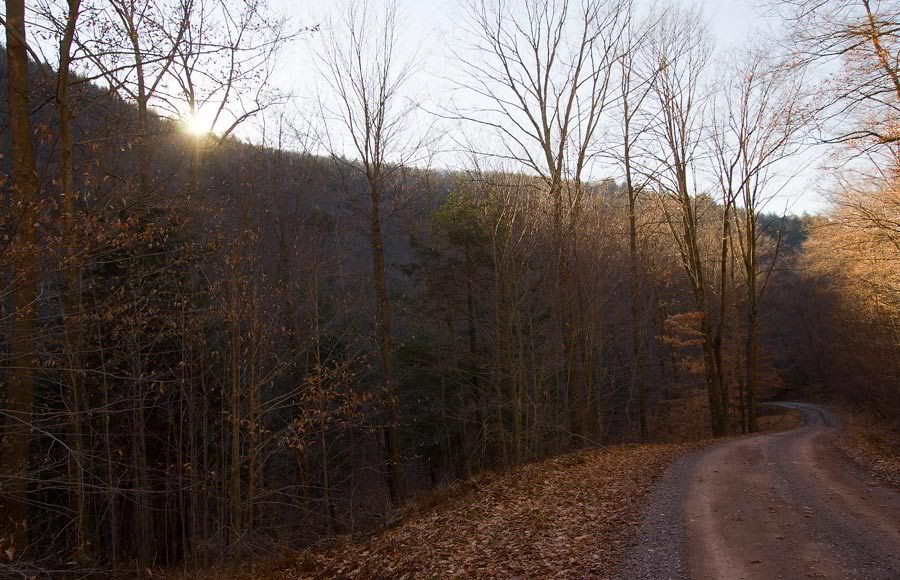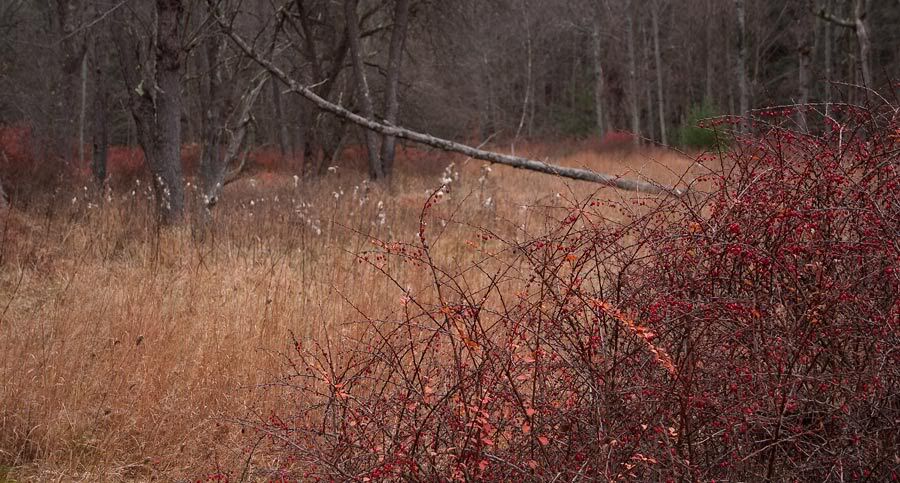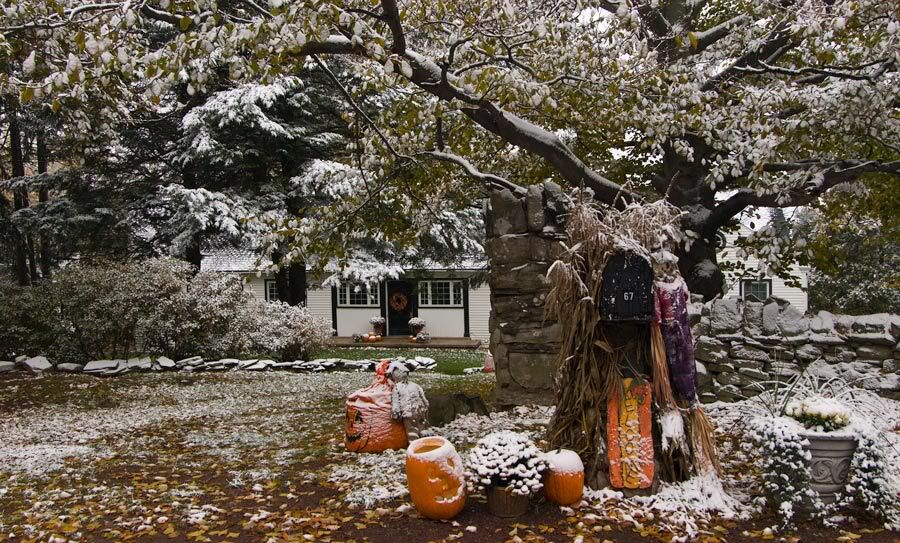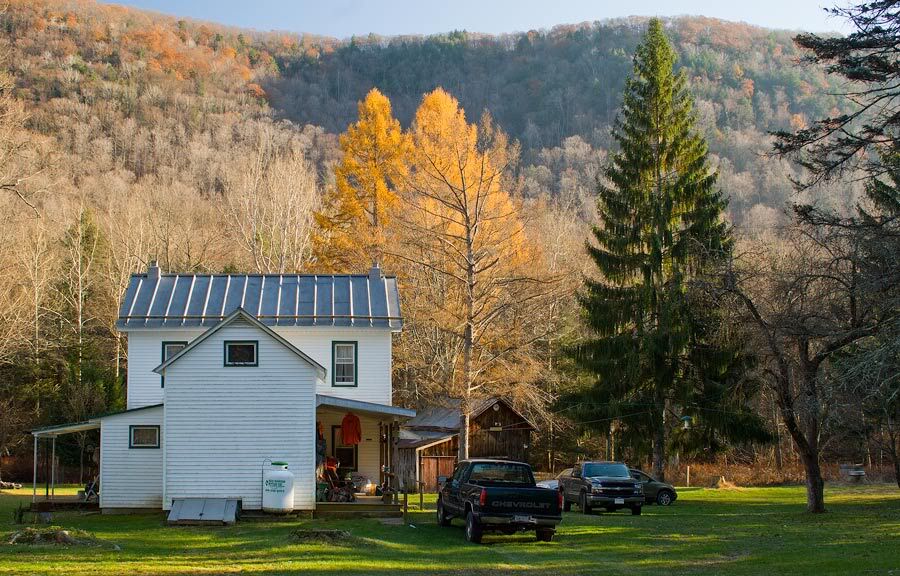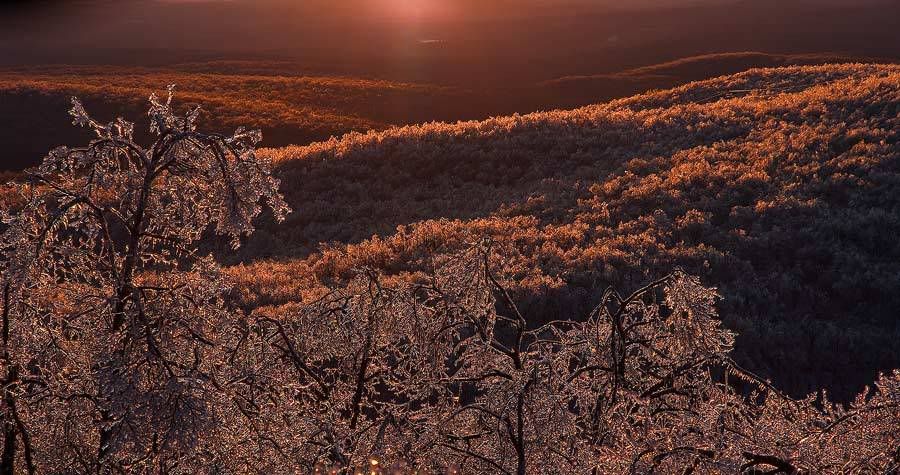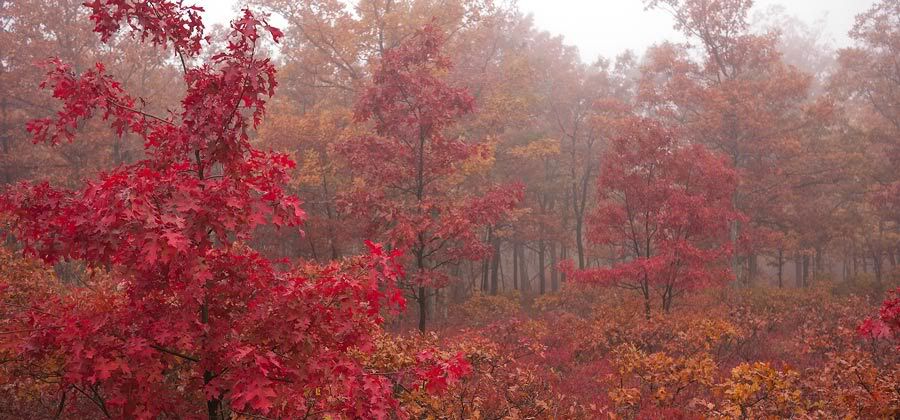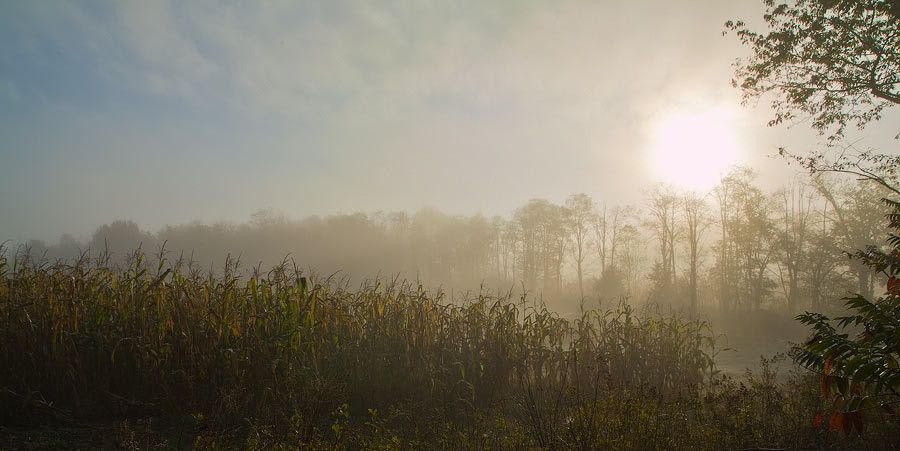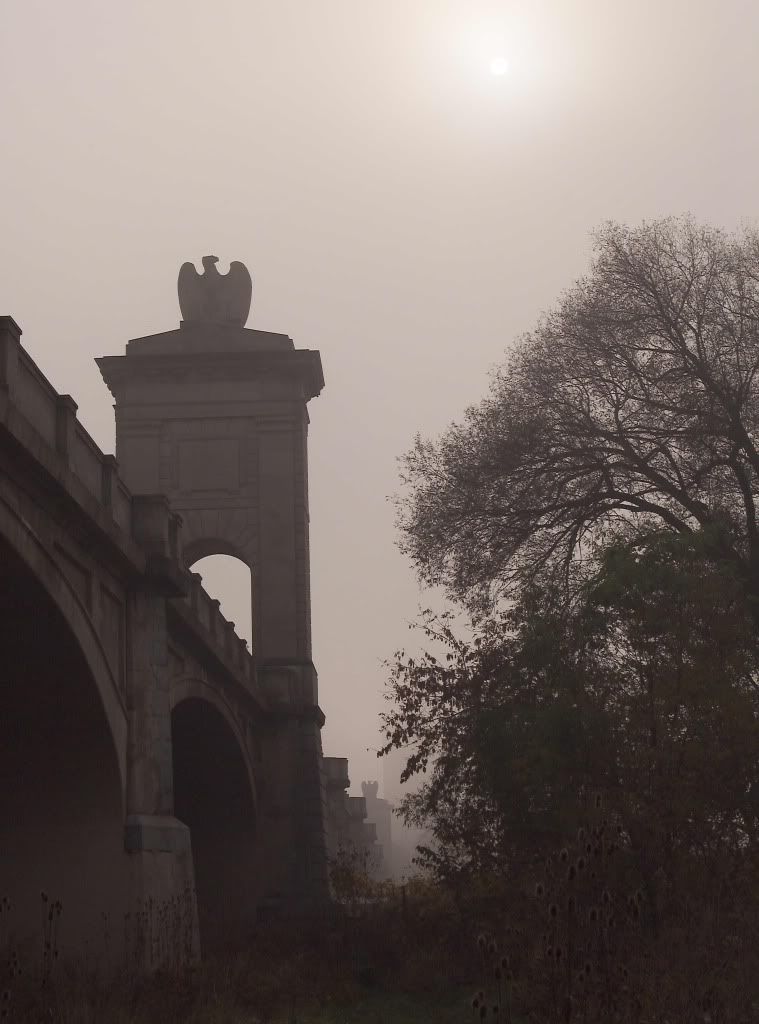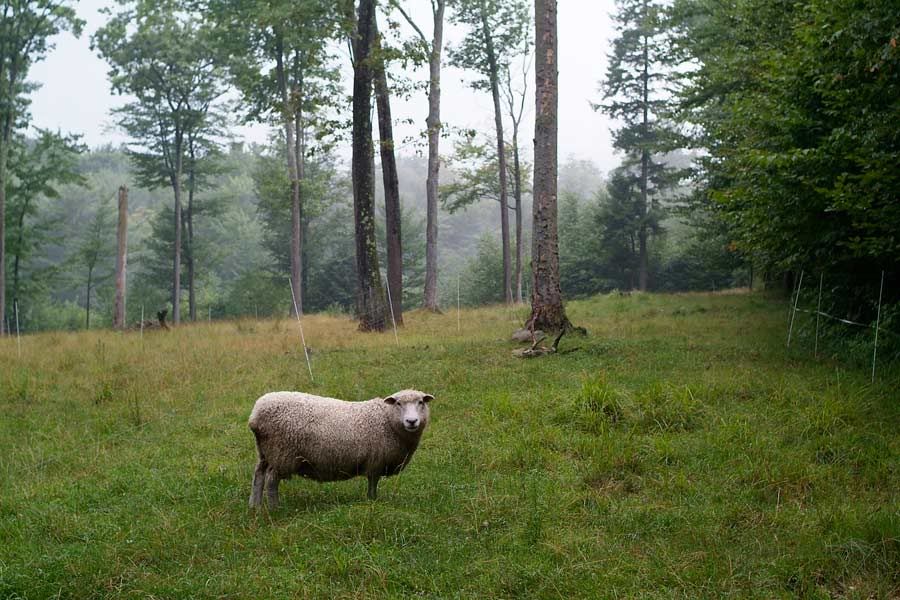
Cherry Blossoms in March (Nikon D700, Nikkor 28-70mm AFD f3.5)
A Pretty Good Little Lens.
I think we all understand the advantages of larger camera imagers. Really we do. On SLRs, “full frame” imagers the size of 35mm film (FX imagers in Nikon speak) can provide cleaner output particularly at high ISO settings. They allow wide angle, short focal length lenses to have their full field of view. They allow us the shallow depth of field many photographers, particularly those shooting portraits, tend to desire.
Much is also written about the subjective quality of images produced by larger chips.
For landscape photographers, shooting DSLRs, these characteristics are less compelling. Most of the time, we are looking for lenses with a larger depth of field so that more of the scenery we are shooting is in focus. The ability to go wide is not unappreciated, but there are many “DX” lenses that offer a wide field of view.
The burden of full-frame imagers includes larger, heavier lenses which need to be toted around in order to obtain the full measure of quality the sensor can produce. These larger lenses tend to be more expensive. The cost of a Nikkor 24-70 mm f 2.8, arguably the finest mid-range zoom offered by that manufacturer, is roughly $1900 US, at B+H Photo as I write this. Price aside, this big, beautiful optic weighs almost 2 pounds. This is significantly more than the weight of the D700 to which it would be attached.
Because of these issues, over the years, I have developed several workarounds for using my full-frame cameras in the field.
The first work around is that I don’t actually use FX very much for landscape work. My D7000 body for instance, is more compact and has more resolution. The smaller DX sensor utilizes lenses that are lighter and less expensive. I think in particular of my Tamron 17-50 mm f2.8, or my Nikkor 16-85 mm f3.5 both of which are excellent landscape choices.
The second work around is my use of “prime” lenses when I do venture out with full-frame. This appeals to both my lazy, and my cheap side, as these lenses tend to be inexpensive and light. They also tend to be very high quality, especially at the modest price point at which they can be acquired. Their small size and weight has made the D 700 very manageable for hiking. There is however the need to carry multiple lenses, and the problem of changing them in the field, sometimes during conditions that might tend to foul the sensor.
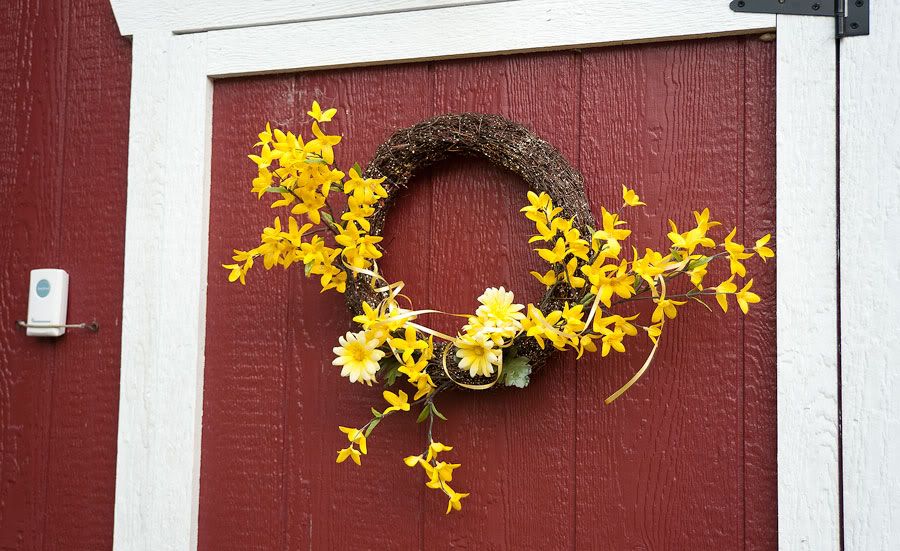
Forsithia Wreath ( Nikon D700, Nikkor 28-70mmAFD f3.5)
So I’ve been looking for a small FX capable lens, a midrange zoom, of reasonable quality, but small and light enough to keep things manageable on the trail. Preferably, it should be a modest cost. And I think I’ve found it.
The Nikkor 28 – 70 mm F3 .5 is a small AF-D lens made in the 1990s. It is an old school design, of polycarbonate construction, with a metal lens mount, but like many of the AF-D lens line of the time, well made and finished. It is very reminiscent of my Nikkor 50 mm f1.8, and my 85 mm f1.8 in terms of build quality. It is slightly smaller in size compared to the latter.
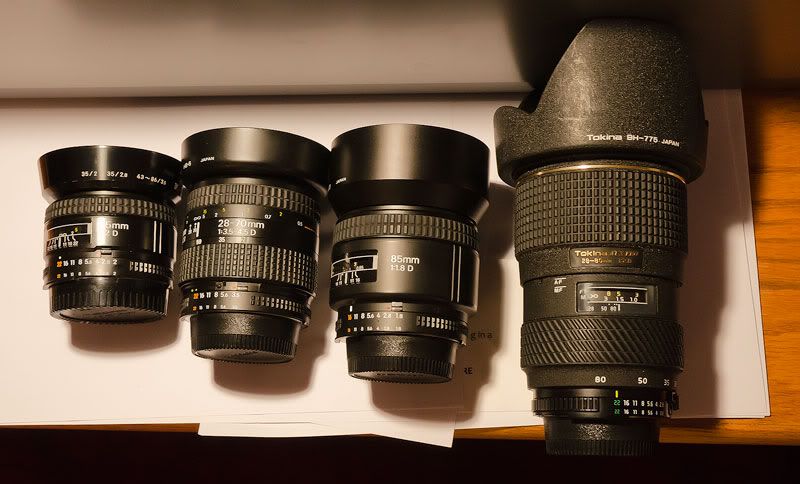
From left to right, 35mm f2.0, 28-70mmf3.5, 85mm f1.8, Tokina 28-80 f 2.8 ATX( Nikon D7000, Nikkor 16-85mm f3.5)
I became interested in the lens when I saw it on multiple websites reviewed quite favorably, especially given its astounding price point. (I bought mine for roughly $70.00 on EBay).
Now I love a deal.. For $70.00 I’m definitely willing to “take a flier” and see whether it could be a useful addition to my photo kit.
I try hard not to be a “lens snob”. Certainly there is a minimal quality level that a useful lens has to meet. I believe that the right scene, the right set up, and the right shooting technique, tend to trump ultimate lens quality. If the optic has reasonable center and peripheral frame sharpness, with decent contrast, it will not be the reason your photographs sucks. You may have to shoot at F5-F8 for the lens to perform well, but hell I tend to do that anyway, even with better glass.
I took the lens with me this week on several hikes. I was easily able to carry the D700, with the zoom attached in my small camera bag. It focuses using a screw drive, and so it requires one of a higher-end Nikon bodies for it to properly auto focus. On the D700, it focused quite quickly and accurately.
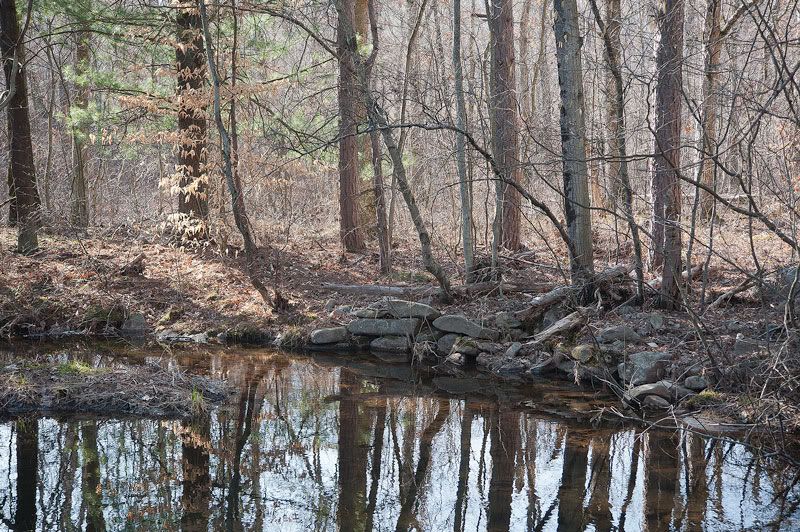
Impoundment at Nescopeck (Nikon D700, Nikkor, 28-70 AFD f3.5)
One anachronism about this lens is its rotating front element. This means that the front of the lens spins with the focus ring. This makes the use of a polarizing filter somewhat awkward in that one has to constantly readjust the filter every time the focus is changed by the photographer, or by the autofocus. The lens is also unusual in that it tends to shrink and grow with both with zooming and focusing.
An advantage regarding filters on the 28-70 mm is that they are only 52 mm in diameter and thus considerably cheaper than the 77 mm filters on the pro-level lenses. The rotating front element problem can be dealt with by focusing manually (so nothing moves without your permission) and carefully adjusting the filter to maximize the colors in the viewfinder. I quickly got used to this technique.
So for the ultimate issue… what is the quality of this $70.00 lens? Actually, it’s quite good. Obviously an f3.5 lens is not as “fast” as more extravagant models. For a landscape photographer used to shooting in a reasonable light and on a tripod, this is not much of an impediment. I find that the optical quality lens is quite good. I’ve included in this article some sample images shot with this lens both in the field and indoors.
By way of comparison I offer the same image acquired with a similar vintage Nikkor 50 mm f1.8 which is well known to be sharp, and have low distortion. I shot both at 50 mm and f 5.0 with the camera bench mounted. All processing was the same. Here is 100% magnification of a peripheral portion of the scene shot. I think that you can see the differences between these two lenses are fairly minimal.
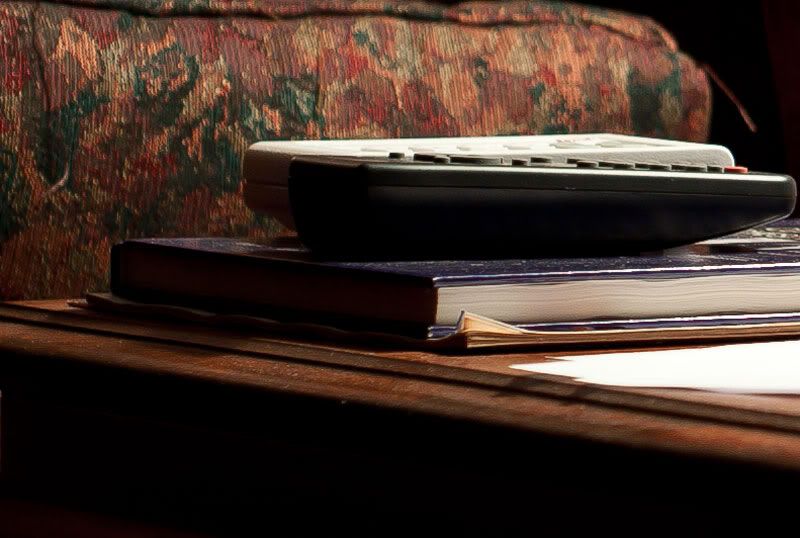
50mm 100% scene edge (D700)
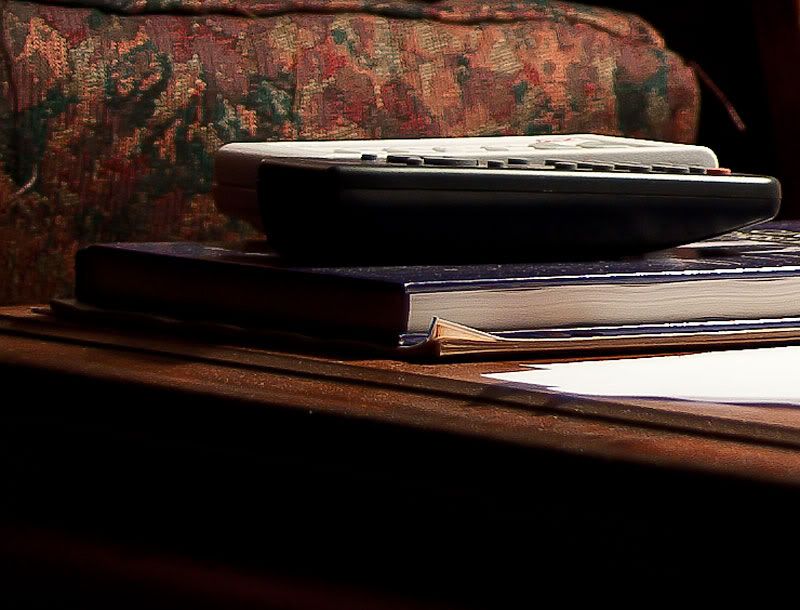
28-70 100% scene edge (D700)
Now I have no doubt that bigger pro-level Nikkor glass may be better quality, but the tradeoffs of weight and bulk mean that this diminutive midrange zoom is rather useful in its own way.
One last issue. Apparently this lens is someone obscure. When I developed photos in Camera Raw shot with the lens, the automatic lens correction defaults to the 70-200mm f2.8 settings. On the PTL Lens plug in for Photoshop, the corrections ar based on a Sigma 28-70mm f2.8. I have no idea whether this is deliberate or accidental, but the lens is not mentioned on the former software’s Nikon lens list. Regardless, the corrections in terms of distortion and vingnetting seem modest.
In summary I think for myself shooting this is a worthwhile little optic. It’s small and rugged enough and frankly, if I drop it off a cliff, or into a pond, I can afford a $70.00 I will require to replace it. And I think it has sufficient quality that it should never get in the way of capturing an excellent image.
After all, isn’t that what we truly require of any lens?

